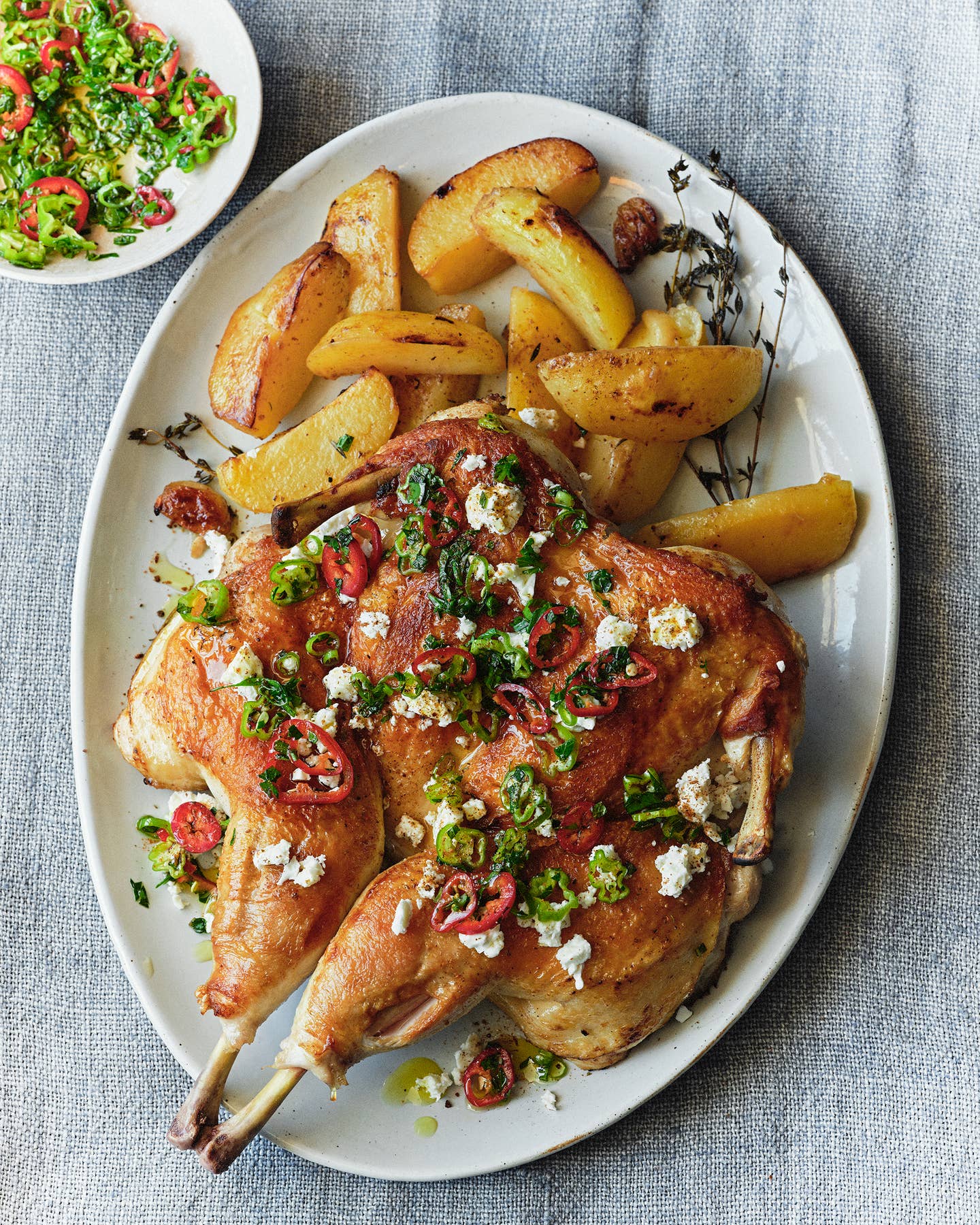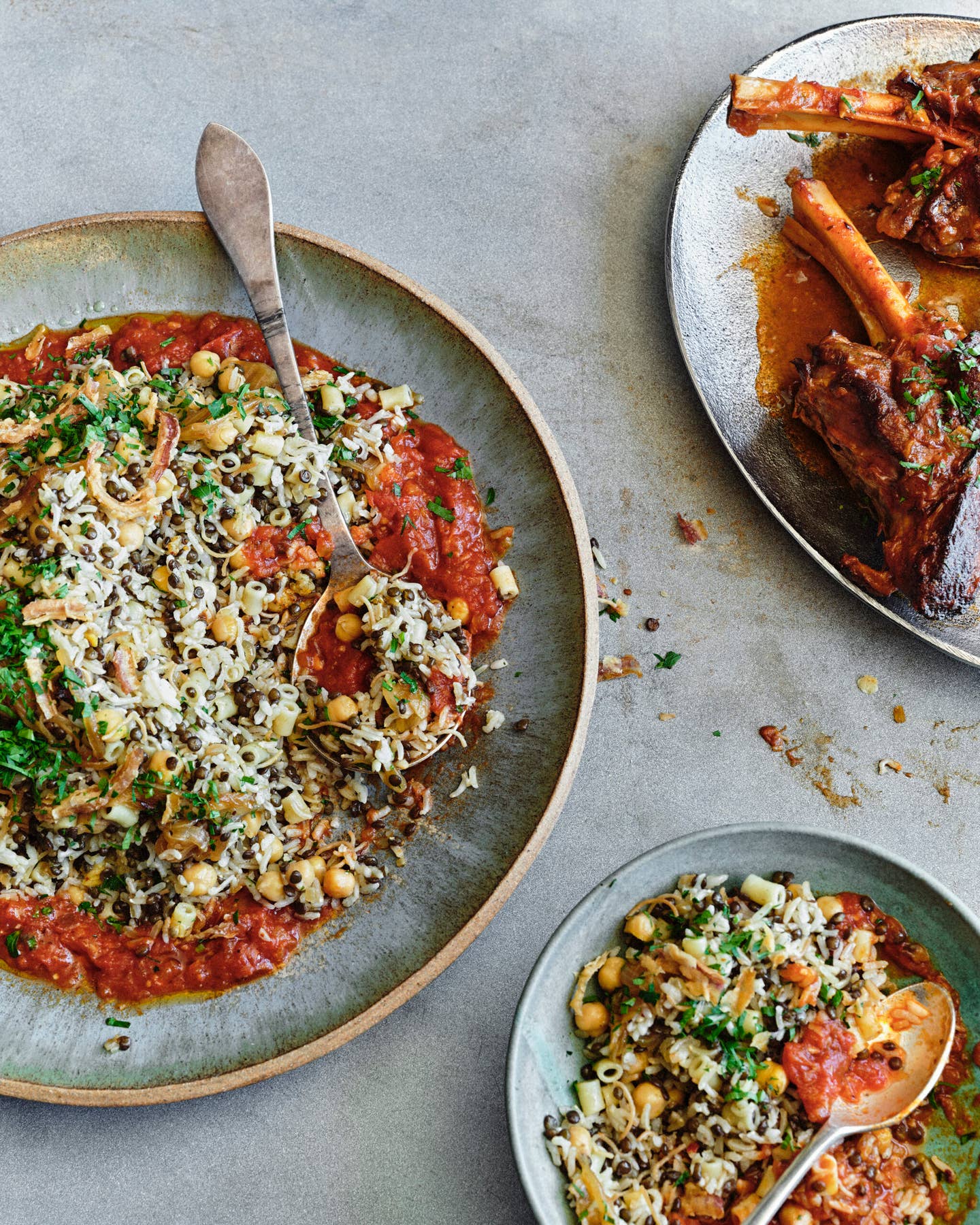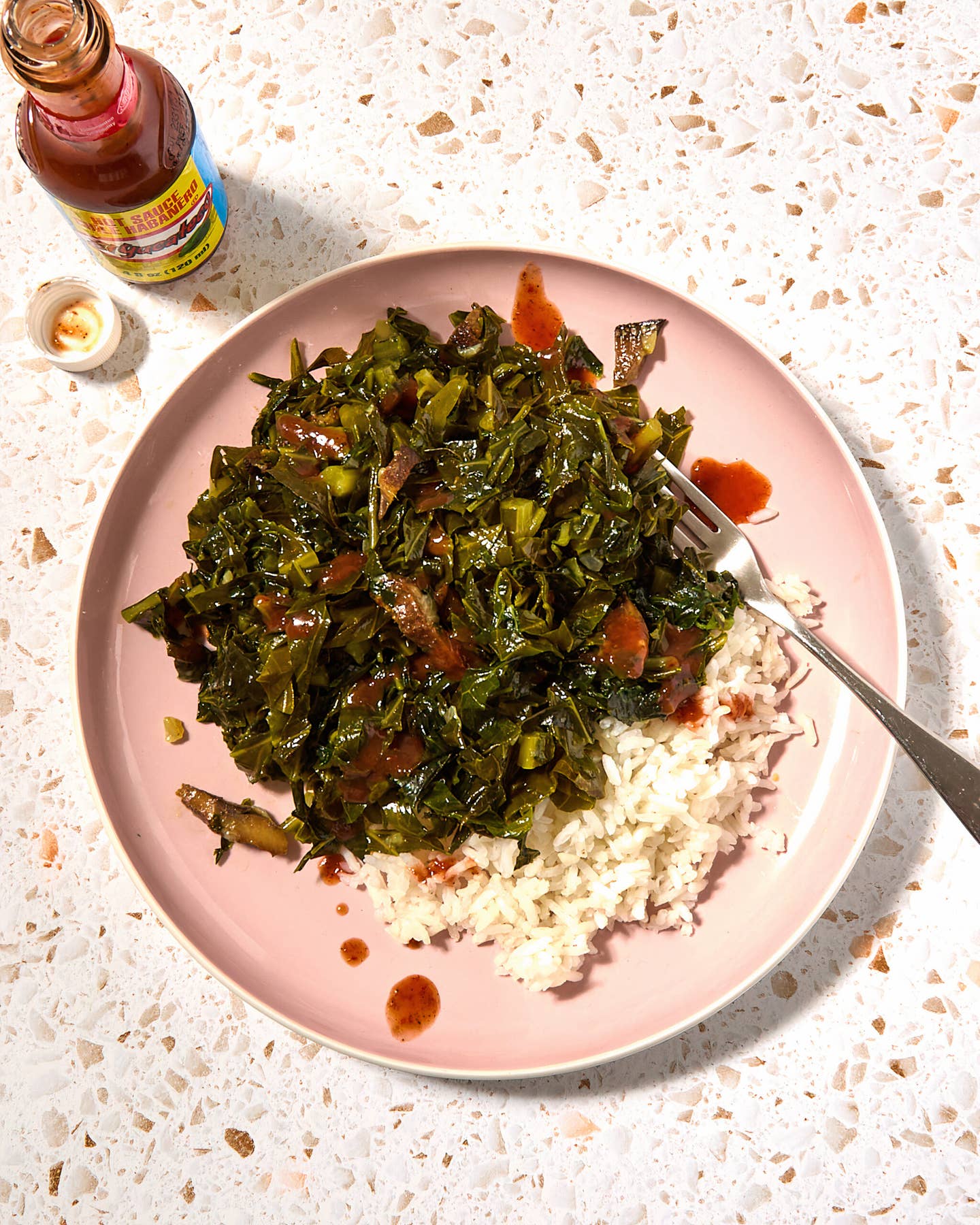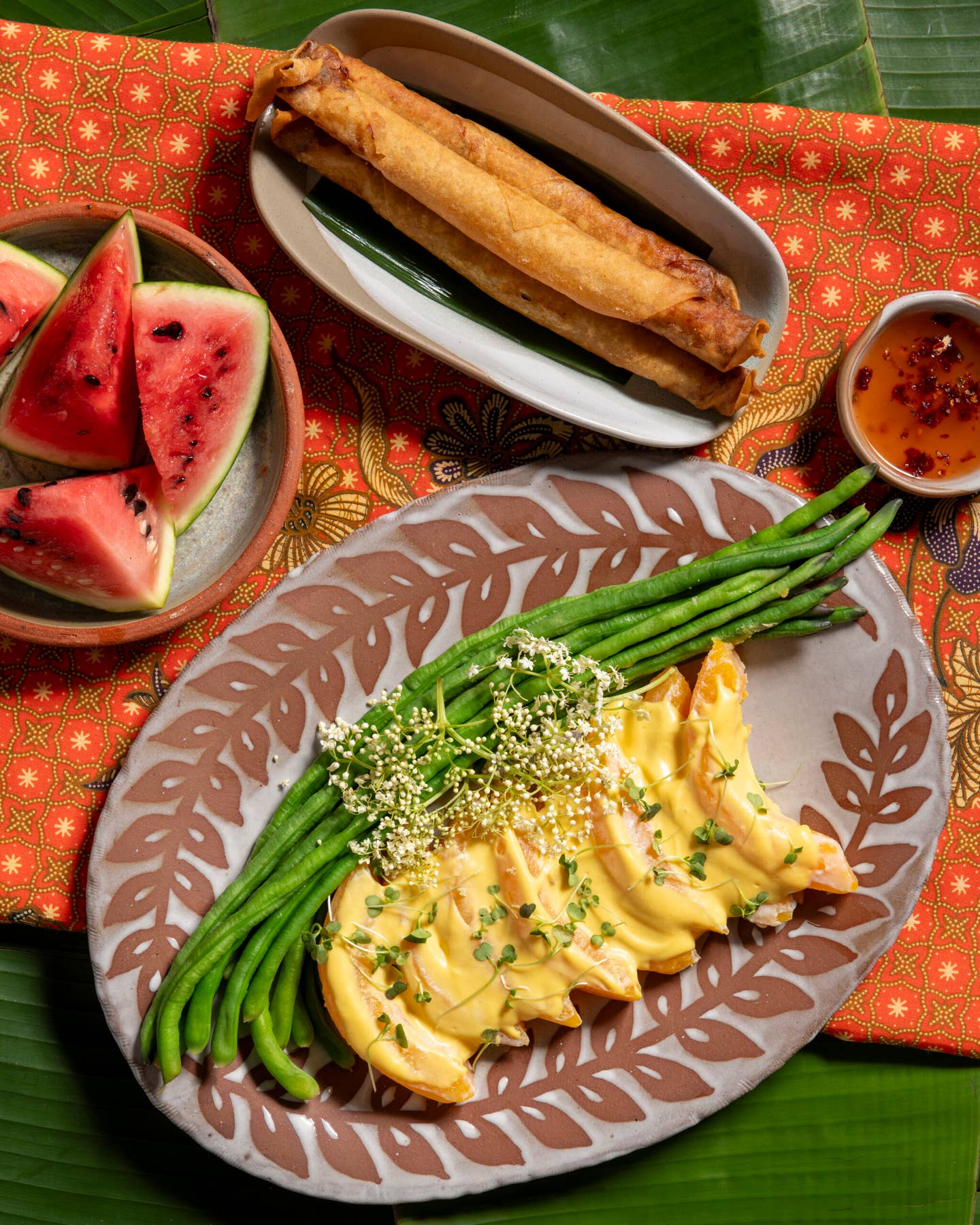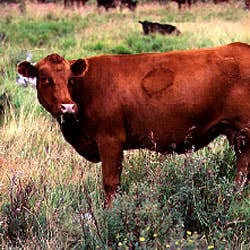
Different Steak Cuts
The best steaks come from the short loin, sirloin, and rib sections—the middle of the cow (or steer), where muscle movement is minimal. Here's the meat of the matter:
PORTERHOUSE: From the short loin, a huge steak whose T-shaped bone separates the top loin and the tenderloin.
T-BONE: A modest porterhouse, the only difference being that it has a smaller tenderloin.
CLUB STEAK: Cut from the short loin nearest the rib, this is similar to and sometimes mistaken for its neighbor, the rib steak.
FILET: Cut from the tenderloin (which runs through both the short loin and the sirloin), this is the tenderest portion, and one of the most popular on steakhouse menus. Also called tenderloin steak or filet mignon, although the latter ("little filet") is specifically a thick cut from the narrow end of the tenderloin.
CHATEAUBRIAND: 3"-thick steaks (usually enough for 2 servings) cut from the thickest part of the tenderloin.
TOURNEDOS: Small filets, closer to the tip of the tenderloin.
SHELL/STRIP: Arguably the best steak for both flavor and tenderness, it is cut from the part of the short loin that remains once the tenderloin is removed. With the bone, it is a shell steak; boned it is a strip, a hotel steak, a Kansas City steak (in said town and elsewhere) or a New York steak (everywhere but New York).
SIRLOIN: The top butt of the sirloin section. Butchers differentiate between the pin bone, flat bone, round bone, and wedge steak, all named for the shape of the hip bone.
TRI-TIP: A small steak from the bottom butt of the sirloin, also known as the triangle steak because of the shape of the muscle.
RIB STEAK: From the rib section, this is the juiciest of steaks. Boned, it becomes a rib eye, also known as Spencer steak (largely in the West) and Delmonico steak (in New York).
FLANK: A long, flat muscle sometimes labeled London Broil and occasionally confused with skirt steak—the diaphragm muscle most often used for fajitas—or with hanger steaks, which are cut from the "hanging tender," located close to the backbone.
Keep Reading
Continue to Next Story

